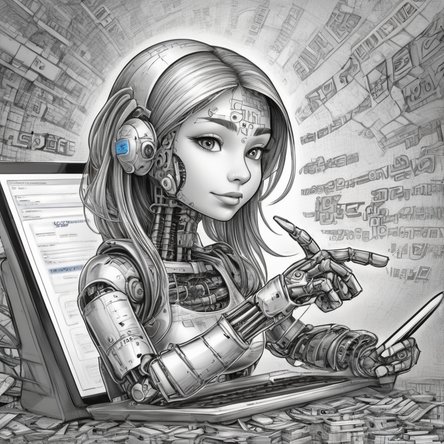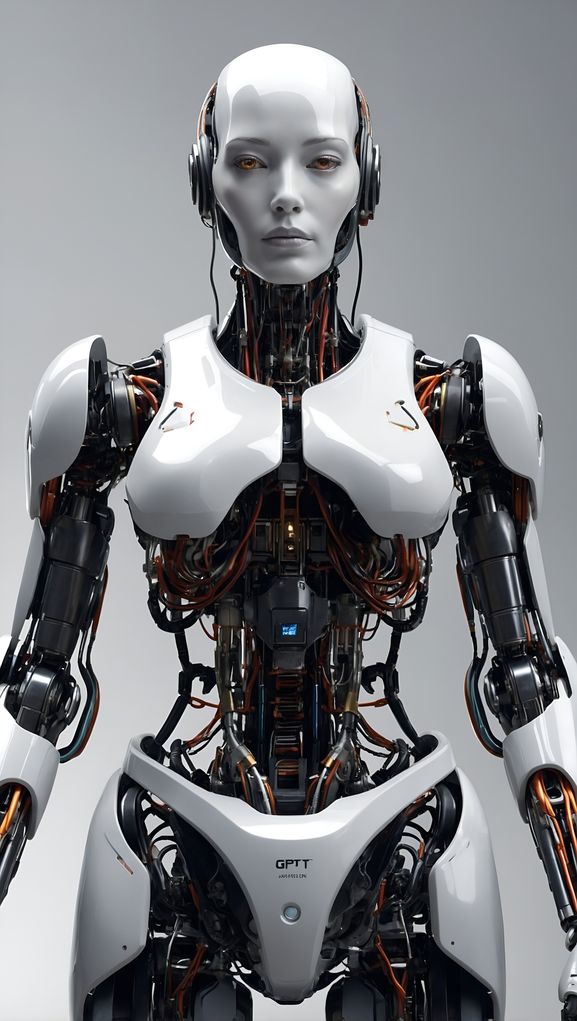Understanding the Meaning of CAPTCHA Code
CAPTCHA codes, or Completely Automated Public Turing tests to tell Computers and Humans Apart, are a familiar aspect of our online experiences. They are designed to differentiate between human users and automated systems, commonly known as bots. The primary goal of CAPTCHA codes is to enhance security and prevent malicious activities, such as spam, automated data scraping, and brute-force attacks. This comprehensive guide delves into the intricacies of CAPTCHA codes, their significance, and the various types used to secure online platforms.
Origins and Evolution of CAPTCHA
The concept of CAPTCHA was developed in the early 2000s by researchers at Carnegie Mellon University. The initial idea was to create a test that could be easily passed by humans but would be challenging for computers. This was necessary due to the increasing prevalence of automated bots that could perform tasks meant for humans, such as signing up for services or posting comments on websites. The term "Turing test" in CAPTCHA refers to the famous test proposed by Alan Turing, which evaluates a machine's ability to exhibit intelligent behavior equivalent to, or indistinguishable from, that of a human.
Over the years, CAPTCHA technology has evolved significantly. Early versions consisted of simple text-based challenges where users had to decipher distorted letters and numbers. However, as machine learning and artificial intelligence advanced, so did the capabilities of bots. This led to the development of more sophisticated CAPTCHA systems that incorporate various types of tests to stay ahead of automated systems.
Types of CAPTCHA Codes
There are several types of CAPTCHA codes, each designed to address different security challenges. The most common types include:
Significance of CAPTCHA Codes
The primary significance of CAPTCHA codes lies in their ability to protect online platforms from malicious activities. By ensuring that only human users can perform certain actions, CAPTCHA codes help to prevent:
Challenges and Criticisms
Despite their effectiveness, CAPTCHA codes are not without challenges and criticisms. Some of the common issues include:
Future of CAPTCHA Technology
The future of CAPTCHA technology is likely to see continued innovation to address the evolving capabilities of bots and the increasing need for user-friendly security measures. Some potential developments include:
Conclusion
CAPTCHA codes play a vital role in maintaining the security and integrity of online platforms. By distinguishing between human users and automated bots, they help to prevent a wide range of malicious activities, from spam to brute-force attacks. While CAPTCHA technology has evolved significantly since its inception, it continues to face challenges related to usability, accessibility, and the advancing capabilities of AI-driven bots. The future of CAPTCHA will likely involve ongoing innovation and the integration of more sophisticated and user-friendly security measures to stay ahead of emerging threats.
CAPTCHA codes, or Completely Automated Public Turing tests to tell Computers and Humans Apart, are a familiar aspect of our online experiences. They are designed to differentiate between human users and automated systems, commonly known as bots. The primary goal of CAPTCHA codes is to enhance security and prevent malicious activities, such as spam, automated data scraping, and brute-force attacks. This comprehensive guide delves into the intricacies of CAPTCHA codes, their significance, and the various types used to secure online platforms.
Origins and Evolution of CAPTCHA
The concept of CAPTCHA was developed in the early 2000s by researchers at Carnegie Mellon University. The initial idea was to create a test that could be easily passed by humans but would be challenging for computers. This was necessary due to the increasing prevalence of automated bots that could perform tasks meant for humans, such as signing up for services or posting comments on websites. The term "Turing test" in CAPTCHA refers to the famous test proposed by Alan Turing, which evaluates a machine's ability to exhibit intelligent behavior equivalent to, or indistinguishable from, that of a human.
Over the years, CAPTCHA technology has evolved significantly. Early versions consisted of simple text-based challenges where users had to decipher distorted letters and numbers. However, as machine learning and artificial intelligence advanced, so did the capabilities of bots. This led to the development of more sophisticated CAPTCHA systems that incorporate various types of tests to stay ahead of automated systems.
Types of CAPTCHA Codes
There are several types of CAPTCHA codes, each designed to address different security challenges. The most common types include:
- Text-Based CAPTCHA: This is the traditional form of CAPTCHA that presents users with a sequence of distorted letters and numbers. Users must correctly identify and enter the characters to pass the test. Despite its simplicity, this type of CAPTCHA can be effective in blocking basic bots.
- Image-Based CAPTCHA: In this variation, users are presented with a set of images and asked to select those that meet a specific criterion, such as identifying all images containing a particular object. This type of CAPTCHA is more complex and can be more challenging for automated systems to solve.
- Audio CAPTCHA: Designed for users with visual impairments, audio CAPTCHA presents a series of spoken letters or numbers that users must transcribe. This type of CAPTCHA adds an extra layer of accessibility while maintaining security.
- Math-Based CAPTCHA: This CAPTCHA presents users with simple arithmetic problems, such as addition or subtraction, which they must solve to proceed. It leverages basic human cognitive abilities to differentiate between humans and bots.
- ReCAPTCHA: Developed by Google, reCAPTCHA is a more advanced system that often requires users to identify specific elements within images. It also incorporates behavioral analysis to distinguish between human and bot interactions, often requiring minimal user input.
- Invisible CAPTCHA: This type of CAPTCHA operates behind the scenes, analyzing user behavior and interactions with a webpage to determine if the user is human. If suspicious activity is detected, a challenge may be presented to verify the user's authenticity.
Significance of CAPTCHA Codes
The primary significance of CAPTCHA codes lies in their ability to protect online platforms from malicious activities. By ensuring that only human users can perform certain actions, CAPTCHA codes help to prevent:
- Spam: Automated bots can flood websites with spam comments, form submissions, and emails. CAPTCHA codes block these bots, reducing spam and maintaining the quality of user interactions.
- Account Creation Abuse: Bots can create multiple fake accounts on platforms, which can be used for fraudulent activities or to skew data. CAPTCHA codes ensure that only genuine users can register.
- Brute-Force Attacks: Bots can attempt to guess passwords by systematically trying different combinations. CAPTCHA codes add an extra layer of security, making it difficult for bots to carry out such attacks.
- Data Scraping: Automated systems can scrape large amounts of data from websites, which can be used for unauthorized purposes. CAPTCHA codes help to prevent such activities by blocking automated access.
Challenges and Criticisms
Despite their effectiveness, CAPTCHA codes are not without challenges and criticisms. Some of the common issues include:
- Usability: CAPTCHA codes can be difficult for legitimate users to solve, especially if the challenges are overly complex or if the users have disabilities. This can lead to frustration and a poor user experience.
- Accessibility: While audio CAPTCHA and other accessible options exist, not all CAPTCHA systems provide adequate support for users with disabilities. Ensuring accessibility remains a significant challenge.
- Advancing AI: As artificial intelligence and machine learning continue to advance, bots are becoming increasingly capable of solving CAPTCHA challenges. This necessitates ongoing innovation and the development of more sophisticated CAPTCHA systems.
- Privacy Concerns: Some advanced CAPTCHA systems, such as reCAPTCHA, analyze user behavior and collect data to determine authenticity. This has raised concerns about privacy and the extent of data collection.
Future of CAPTCHA Technology
The future of CAPTCHA technology is likely to see continued innovation to address the evolving capabilities of bots and the increasing need for user-friendly security measures. Some potential developments include:
- Behavioral Analysis: Future CAPTCHA systems may rely more heavily on analyzing user behavior and interaction patterns to differentiate between humans and bots. This could reduce the need for explicit challenges and improve the user experience.
- AI-Driven CAPTCHA: As AI technology progresses, CAPTCHA systems may use AI to create more dynamic and adaptive challenges that are harder for bots to solve. This could include personalized challenges based on user behavior and context.
- Multi-Factor Authentication: CAPTCHA may become one component of a broader multi-factor authentication strategy, combining it with other security measures such as biometrics and token-based authentication to enhance security.
- Improved Accessibility: Ensuring that CAPTCHA systems are accessible to all users, including those with disabilities, will be a key focus. This could involve the development of new types of challenges that are easier for all users to solve.
Conclusion
CAPTCHA codes play a vital role in maintaining the security and integrity of online platforms. By distinguishing between human users and automated bots, they help to prevent a wide range of malicious activities, from spam to brute-force attacks. While CAPTCHA technology has evolved significantly since its inception, it continues to face challenges related to usability, accessibility, and the advancing capabilities of AI-driven bots. The future of CAPTCHA will likely involve ongoing innovation and the integration of more sophisticated and user-friendly security measures to stay ahead of emerging threats.



